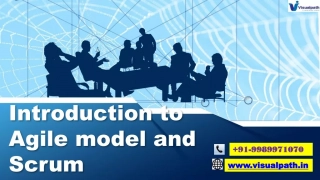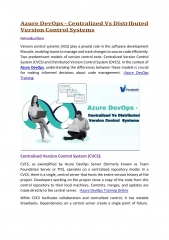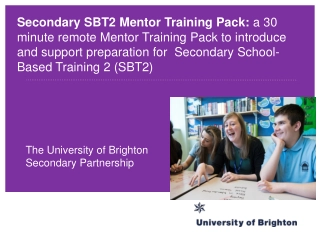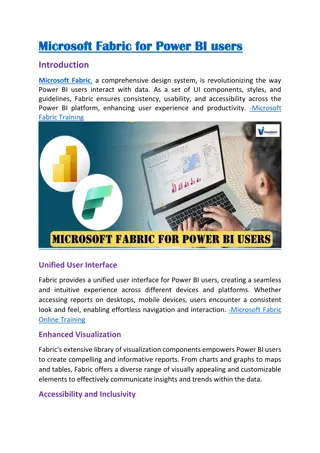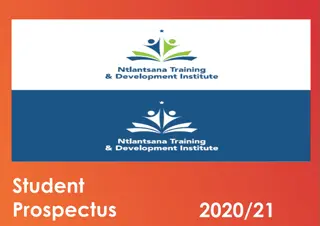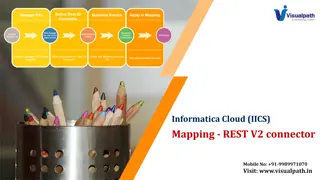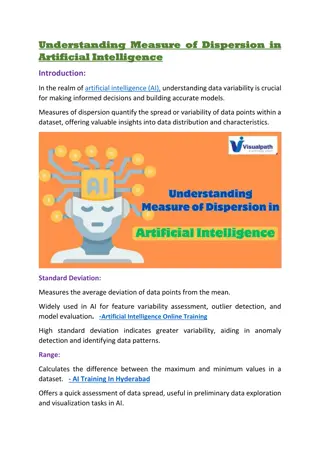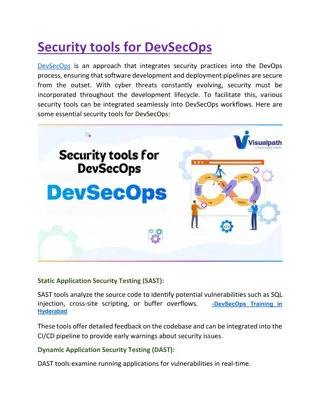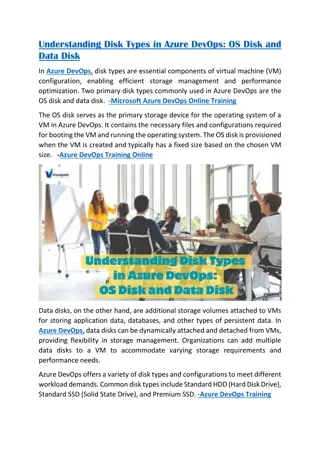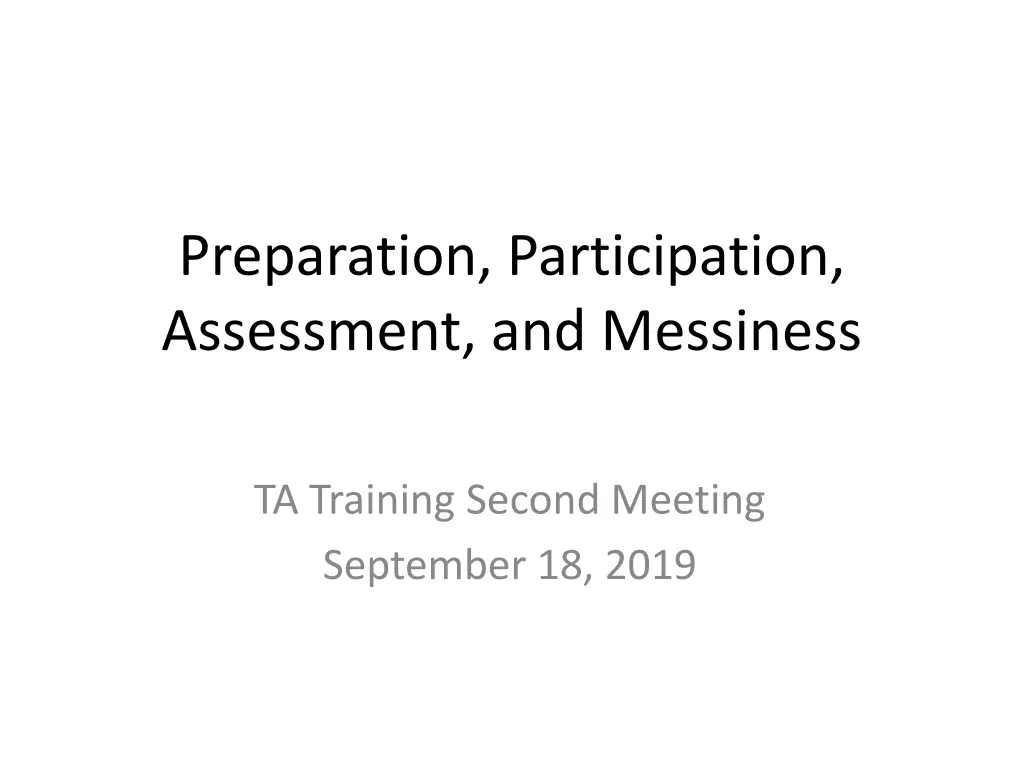
Effective TA Training Tips
Enhance your TA training session with valuable insights on preparation, participation, assessment, and managing classroom dynamics. Learn how to engage students, handle grade disputes, and address the human element of teaching. Discover essential strategies for effective time management and student-centered teaching approaches.
Download Presentation

Please find below an Image/Link to download the presentation.
The content on the website is provided AS IS for your information and personal use only. It may not be sold, licensed, or shared on other websites without obtaining consent from the author. If you encounter any issues during the download, it is possible that the publisher has removed the file from their server.
You are allowed to download the files provided on this website for personal or commercial use, subject to the condition that they are used lawfully. All files are the property of their respective owners.
The content on the website is provided AS IS for your information and personal use only. It may not be sold, licensed, or shared on other websites without obtaining consent from the author.
E N D
Presentation Transcript
Preparation, Participation, Assessment, and Messiness TA Training Second Meeting September 18, 2019
Last Time Roles and Responsibilities Yes: Leading discussion sections, answering questions, grading No: Running errands, Babysitting No dating your students! Creating a Welcoming Environment Create a feeling of community Not using terms that aren t yet covered in the curriculum Apply the same rules to everyone Insist on decency No flaming, watch for microaggressions and bias
Todays Agenda Being Prepared Preparing for a discussion sections and office hours Classroom Management Motivating and engaging students Unruly students Assessment Dealing with grade disputes The importance of rubrics Human Messiness Life affects our perspective Life affects our ability to learn/meet deadlines Cheating And life How to find it What to do about it
Determine Content Consider your learning goals for that section Determine what material will be covered Be certain to motivate the importance of the topic! Create a timeline Write out speaking notes, questions to ask, problems to demonstrate NOTE: Do not be afraid to vary from your pre-set presentation
Find the Student Mindset Who is your audience? Ensure that you know student context Complete (or review) reading assignments Complete (or review) homeworks, programming assignments, and their solutions (if available) Review recent course material Allows you to better identify sources of confusion and other pitfalls True even and especially for introductory courses Be careful about assuming intro courses are so easy you don t need to prepare (more in a minute)
Identify Difficulties Consider the struggles you had learning the topic How easy was the topic when you first learned it? Which parts were difficult? What made those parts difficult? What would have made it better?
Eliminate Pitfalls Watch for knowledge leaps and built-in assumptions You know the definition of idempotent---but do they? You ve heard of the knapsack problem---have they? You know the difference between disk and memory--- but do they? Students should only be required to know material covered in the pre-requisites for the course.
Decrease Monotony Once you have set your material, consider if there might be a better way to learn it In-class activities YouTube videos Look for real-world applications or tie ins Find analogies that they will find relevant and/or interesting
Strategies for Motivating Students Challenge them But provide help
Strategies for Motivating Students Challenge them But provide help Provide feedback Timely, constructive, emphasize the Growth Mindset
Strategies for Motivating Students Challenge them But provide help Provide feedback Timely, constructive, emphasize the Growth Mindset Connect material to larger goals Career, larger understanding
Strategies for Motivating Students Challenge them But provide help Provide feedback Timely, constructive, emphasize the Growth Mindset Connect material to larger goals Career, larger understanding Build rapport and community Icebreakers, discussions, group work
Strategies for Engaging Students Asking questions Students can volunteer to answer Cold-calling is also an option What about wrong answers? Thumbs up/thumbs down Get them to ask questions Working problems together In-class activities
Losing Their Attention Student attention wanders when: They re no longer following the lesson They don t believe they need to know the material Discussion wanders off topic for too long Electronics are out They are tired/hungry/sad
Unruly Students Best answer: these don t exist because students learned manners before they got to you
Unruly Students Best answer: these don t exist because students learned manners before they got to you However: Remain calm. You are a professional. Do not match the student s emotion. Ask them to please stop and to talk to you after class As necessary, you may ask them to leave class Report the incident to your supervising instructor You are never expected to tolerate any sort of abuse: not name calling, not anger, not malicious rumors This is your place of work. You cannot and will not be asked to tolerate bad behavior.
Goal: Assessing Learning Assessment tools, including in-class questions, projects, and exams: Assess how well a student has learned a topic or set of topics Also assess how well the topic(s) has been taught---by you and by the instructor!
Exams Step 1: Prepare Questions What material do you want to test? Was some part of the material more important than other parts? Question content and difficulty should reflect any differences Think through Bloom s Taxonomy Variety of question types: Short answer, multiple choice (with multiple answers), fill in the blank, numeric, explain in plain English
Exams Step 2: Think through answers Answer the questions yourself! Is the question asked in such a way that you will get the answer you expect? Step 3: Create rubric Create sample criteria Helps clarify the question Be open to changing the rubric when you see student answers
Exams Step 4: Administering Lessen anxiety as best you can Welcome them Maybe play music (in the beginning, not for the whole test!) Room with double seating and continuous writing surfaces Reduce distractions Provide scratch paper (staple to exams) Explain bathroom policy ahead of time
Exams Step 4: Administering Increase fairness: No questions(!?!) Names only on front Lessen cheating: Assign random seats Number exams Randomly assign students to an exam Post EID/test number chart outside class room If you have more than one class taking the exam, request a uniform time No hats, phone, earphones
Grading Prompt and Consistent Use initial rubric, adjust as necessary Be prepared for students to interpret a question differently from what you intended Grade one question at a time This allows you to get into a rhythm Helps with consistency
Regrading Stick to the Rubric This is why it is important you take time to get the rubric right and you have confidence in it Fairness is key If you do change the rubric, you will need to regrade everyone s Don t get taken in by slick arguments Written requests help with this Don t let students argue the rubric
Perspectives Be aware of student differences Cultural differences due to race/ethnicity, gender, socioeconomic differences Context differences due to hobbies (gamers? athletes? maintain own Linux system?), prior education (CS in HS?) Be inclusive Motivate all students Questions from all students Watch for micro-inequities Food vs. bomb Interruptions Inappropriate jokes
Privilege Be aware of privilege Gender Socioeconomic Racial/ethnic Unpack the knapsack! Provide encouragement Imposter syndrome Dunning-Kruger effect
Roadbumps Students outside lives continue Things are not always as they seem Low performance does not always imply a lack of caring or stupidity May have non-academic problems Student Emergency Services (SES) 512-471-5017 Student Disability Services (SDS) Physical disabilities, ADHD, Depression, 512-471-6259 Behavior Concern Advice Line (BCAL) 512-232-5050
Cheating Squash cheating Cheapens degree Unfair to other students Better if caught sooner rather than later Find it using MOSS Measure of Software Similarity from Stanford Report cheating to Student Judicial Services Suggest sanction Talk to the instructor before you do anything.
Cheating Cheating does not mean the student is bad Is often an act of desperation Cultural differences Talk to the student Let the student know the action has consequences Assure the student he/she can recover
Scenarios and Difficult Conversations
Thank you! We appreciate you coming.



